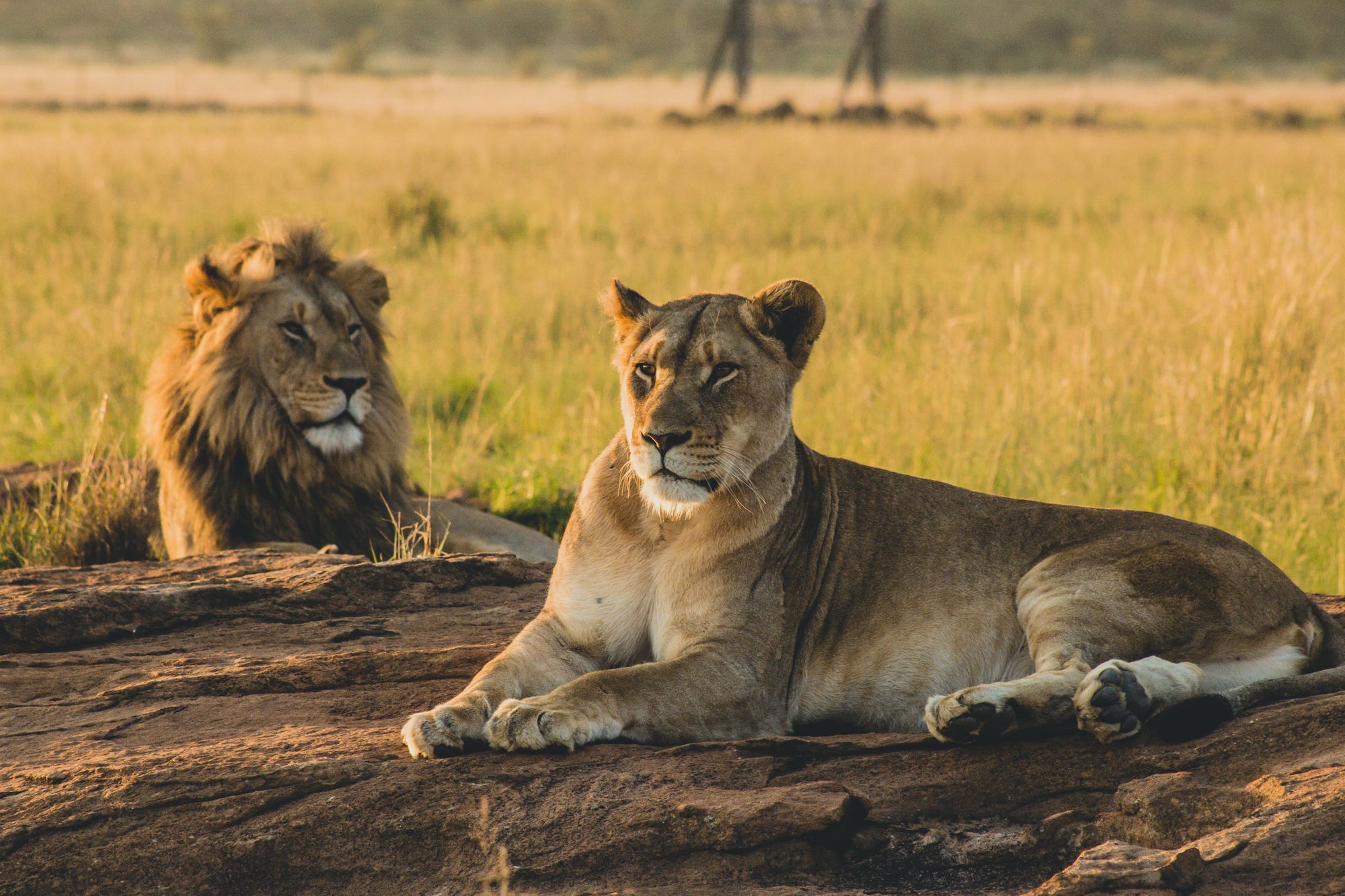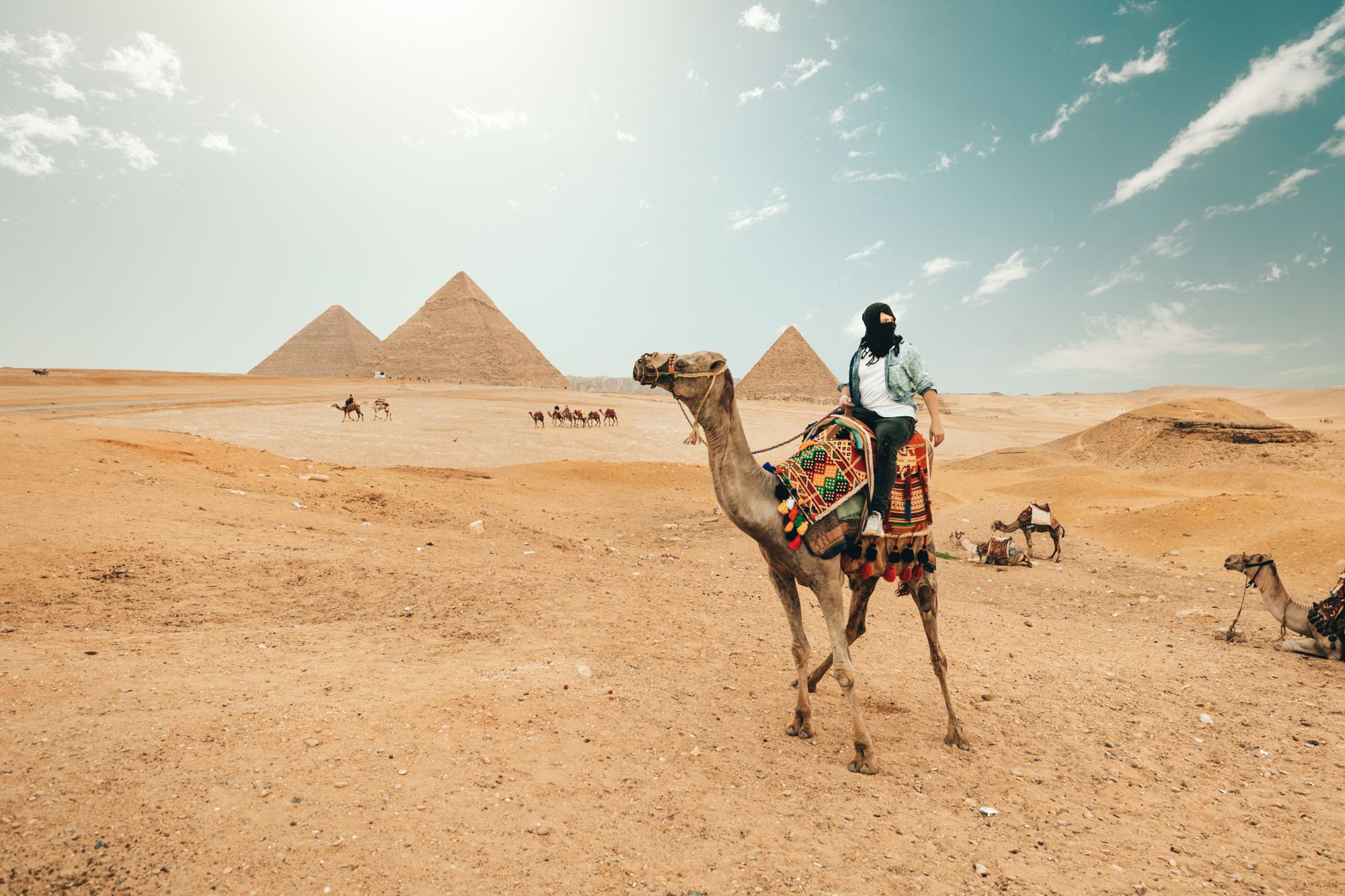10 Best Places to Visit in Morocco
Discover the spectacular landscapes of the mountains and the desert of an absolutely enchanting country. Take a city tour in Casablanca, visit the capital Rabat, the archeological site from Volubilis, the cities of Meknes, Marrakech, Fez, and also take a moment to admire the sand dunes of Merzouga and the famous Ait Benhaddou citadel.
Casablanca
The city, famous after the movie with Humphrey Bogart and Ingrid Bergman was filmed there, is a modern, cosmopolitan and attracts you with its energy and contagious enthusiasm. Urban planners began to design it in 1912, during the French domination, in a unique architectural style that can be found only here and to which they added, in time, the visionary charm of a contemporary metropolis, providing it a phenomenal development.
Known in the past as Anfa, Casablanca is one of the largest ports in the world, has one of the biggest shopping malls and bazaars in Africa. Almost all of Morocco's commercial traffic takes place through the port of Casablanca.
Casablanca is home to the largest universities and the most impressive national monuments, namely Hassan II University and the Hassan II Grand Mosque, listed as one of the largest mosques in the world.
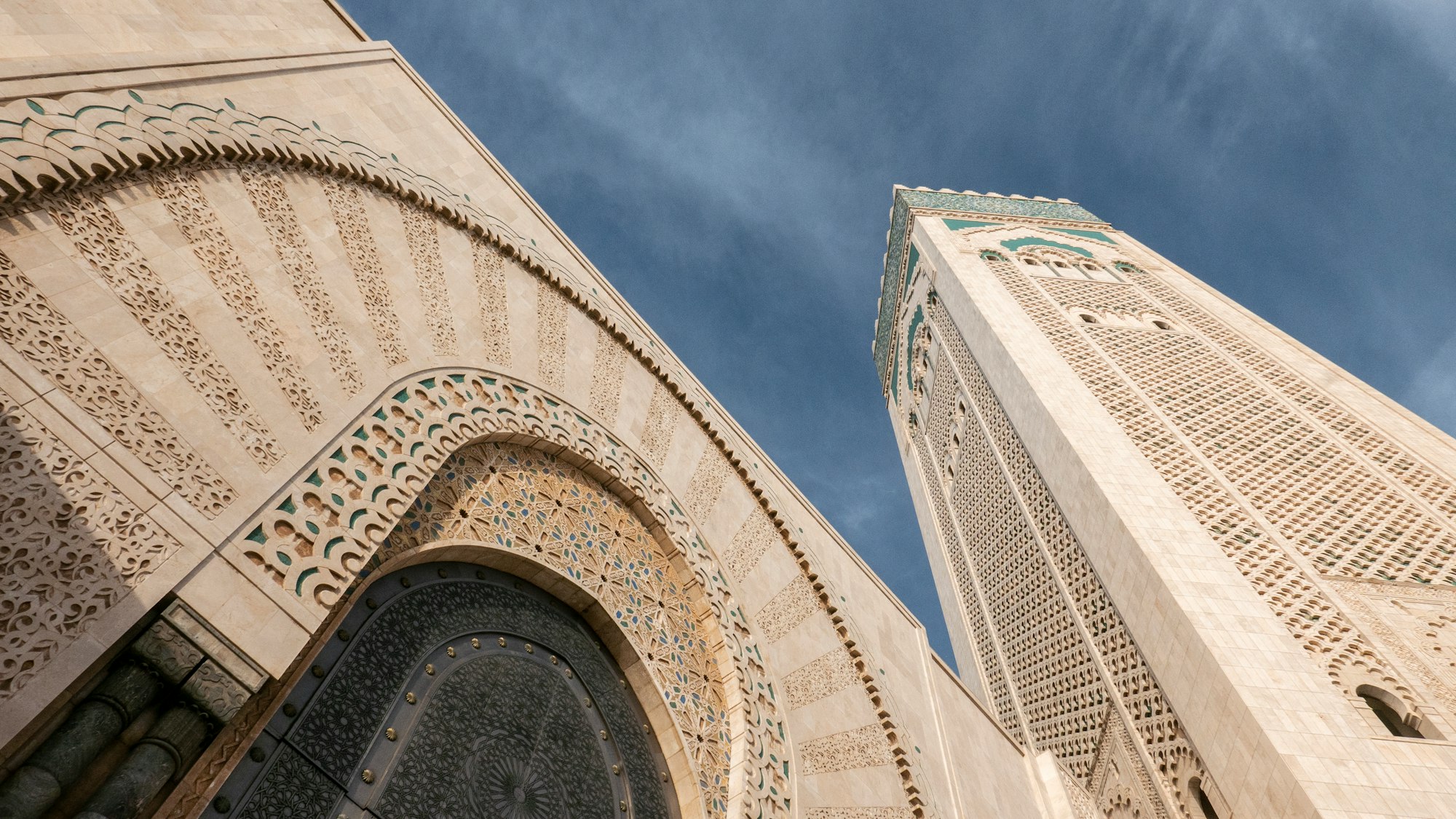
Marrakech
On the downslope of the snow-capped peaks of the Atlas Mountains is the captivating Marrakech. In this golden brown city, with a 1000 years history, the traditions have survived both in architecture and in the lifestyle of the inhabitants.
You will feel the rustling of this old fortified city in the famous and noisy Djemaa El Fna (Jemaa el-Fna) square, where snake charmers, ferns, storytellers, acrobats, dancers, musicians and mischievous monkeys attract crowds every day. Lovers of the eternal Orient can visit the Menara Gardens, the Tomb of the Saadian Sultans, the Bahia Palace, the Koutoubia Mosque and the Dar Si Saïd Museum.

Aït Benhaddou
Aït Benhaddou is a striking, well-preserved example of South Moroccan architecture. Compared to other similar fortified localities in the region, Ksar-ul Aït Benhaddou has retained its authenticity, being an extraordinary set of clay buildings, built inside high defensive walls. Its architecture, perfectly adapted to climatic conditions, is both stylistically and coloristic in perfect harmony with nature.
The community areas of the Ksar include a mosque, a public square, a fortification, a caravanserai, two cemeteries, Muslim and Jewish. But this is not only impressing by the fact that is the most spectacular fortress in southern Morocco, but also for being the setting for films such as Lawrence of Arabia, Jesus of Nazareth and the Gladiator.

Todra Gorge
Located in the east of the Atlas Mountains, Todra Gorges are 40 km long. Characterised by high and steep cliffs having only 10 m width, the Todra Gorges trail is a mandatory objective in the journey of any traveler in Morocco. Along the cold stream that crosses the gorge, the well maintained paved road makes it possible for tourists to meet this nature wonder. The show is completed by locals riding donkeys or camels, always ready to pose for new holiday memories.

Erfoud
This small town in eastern Morocco, is a popular destination especially for the breathtaking landscapes that the Sahara Desert is offering. The scenes filmed here for "The Prince of Persia" or the "Mummy" movies contributed to the mysterious, ghost town image that Erfoud has. The scenery is dotted with small Berber settlements sheltered by palm trees, and from here you can make various themed tours to the Merzouga Dunes. If you are lucky, you will be able to witness a sandstorm, a seemingly supernatural experience that you will remember for a lifetime.
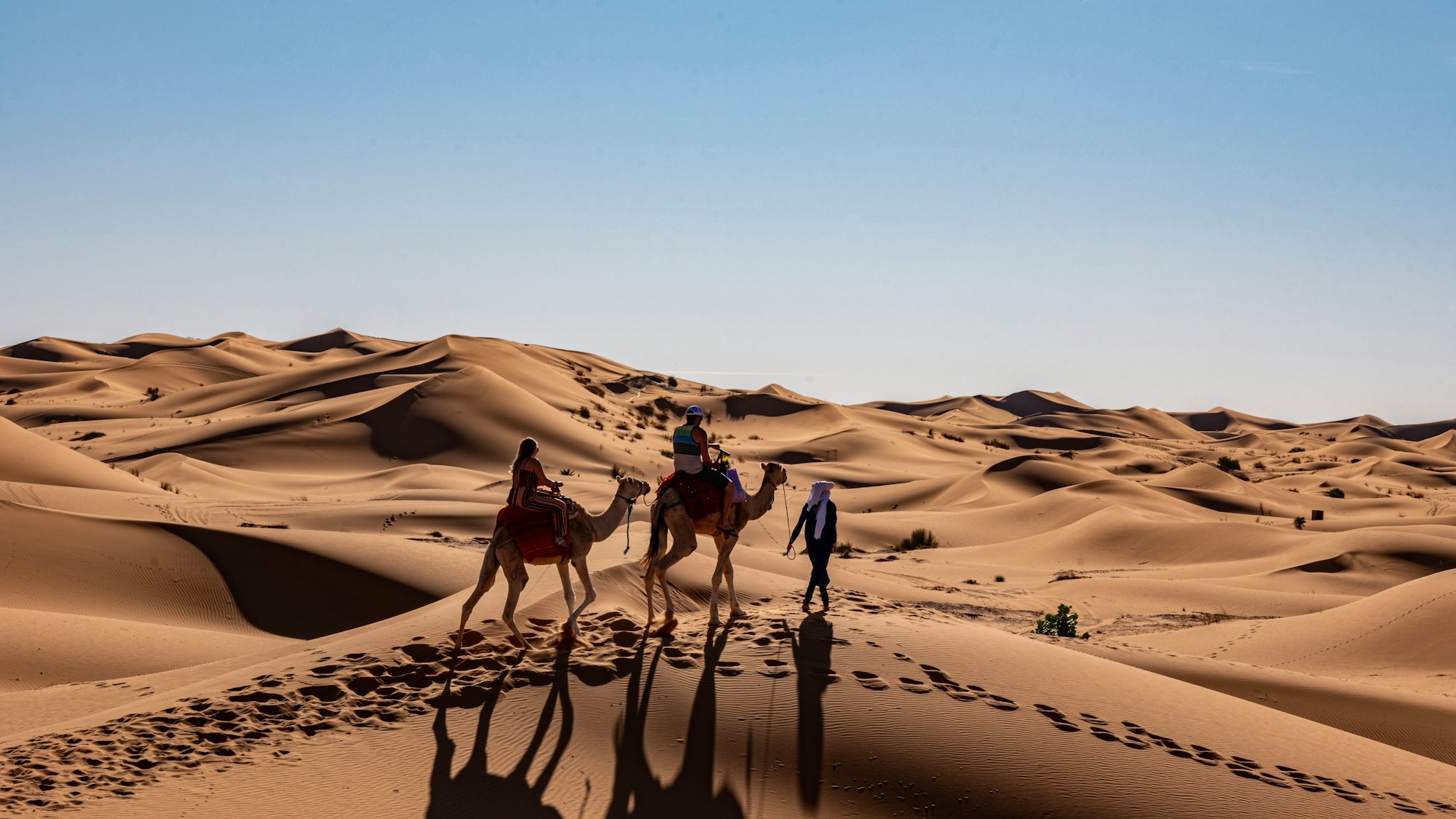
Merzouga
This small dusty settlement, located on the border with Algeria and on the edge of the Sahara Desert, is a popular tourist destination due to the Erg Chebbi, with the largest sand dunes in Morocco. Here, you can go on a camel safari, spend a few nights in Bedouin tents or enjoy the stunning landscapes of the Sahara Desert: arid plains where jackals and camels live, sand dunes or oases full of life.
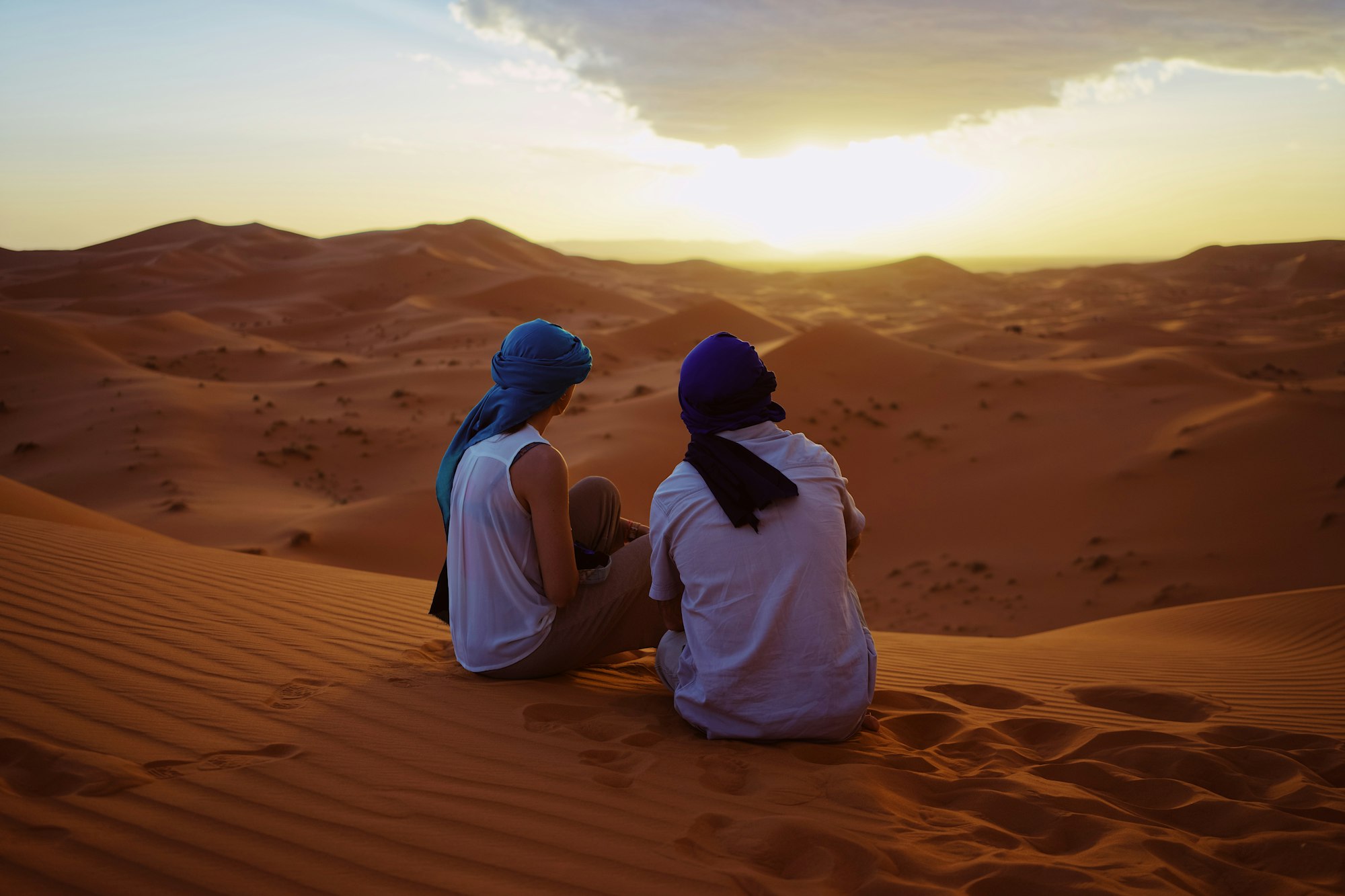
Fez
The former imperial city of Morocco, the pearl of the Arab world, Fez or Fes is the place where your senses will be treated like royalty. Fez has 3 different parts: Fez el Bali - the medieval city built in the 13th century, Fez Jdid - the new city built in 1912 and La Ville Nouvelle - La Ville Nouvelle, the newest district of the city.
Fez el Bali impresses with its splendour and refinement of the buildings and seems to be the largest pedestrian urban area in the world, currently being included in the UNESCO World Heritage list. This is the home of the the most beautiful handcrafted wooden sculptures, bronze engravings, polychrome stone sculptures, columns and carved decorations.
Visiting the city is a must, especially the Andalusian Mosque, which dominates the city and loudly calls the believers to take part of the service, and the monumental gate of the Royal Palace with sophisticated artistic decorations.

Volubilis
On the road between Meknes and Fez, there is the archeological site called Volubilis, inscribed on the UNESCO World Heritage List since 1997 and is an exceptionally well-preserved example of a Roman colonial city, located on the edge of the empire.
Archaeological remains of this site, including mosaics, marble and bronze statues and hundreds of inscriptions bear witness to 10 centuries of continuous occupation, from prehistory to the Islamic period. The urban evolution, the construction styles and architectural decorations are evidence of the influences of Berber, Moorish, Punic, Roman and Arab-Islamic cultures, but also of the African or Christian ones.

Meknes
When Sultan Moulay Ismail discovered Meknes in the 17th century, he set out to make it the most fabulous of the imperial capitals. That is the reason why, over the course of 50 years, he has built a part of his dream city with palaces, mosques, gardens, lakes, granaries, animal shelters and ramparts. Although the city was never finished, its ruins did not lose their imperial greatness. The access gates are real monuments, today's museums are housed in old palaces, and its squares are amalgams in which the unusual coexists with the banal, the picturesque with the tradition.

Rabat
Imagine a white city rising majestically at the mouth of a river estuary, a city with a history which dates back to antiquity and whose beauties have been enriched over the centuries. This is Rabat, the city chosen in the 12th centry to be the capital of the Almohad Empire.
The entrance to Rabat is guarded by five gates decorated with giant arches, garlands and floral arabesques. The most refined gate is Bab al Rouah - Gate of the Winds, a wonderful monumental building that hosts various exhibitions today. In Rabat you will find many buildings of great architectural value, such as Mechouar, the fortress that houses the Royal Palace, the Oudaya Kasbah, the Chellah Necropolis, the splendid Mausoleum of Muhammad V and the Hassan Tower.



